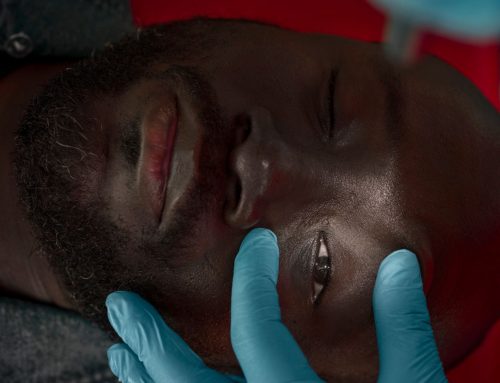If you want to communicate, use your face! Facial expression is the most common form of effective communication.
Expressions communicate our emotions and are read by others around us to assess our mood or reaction. Even when we purposefully mask our true feelings we can be betrayed by involuntary subliminal facial signals which indicate the opposite of what we intend others to think.
Some people, usually extrovert types, are more expressive and show more animation in their faces. Research has shown that some facial expressions can be learnt or faked – comedians and actors utilise their expressive talents to mimic various human emotional conditions and we as the audience are ‘face readers’.
Gender differences do exist because women have smaller facial muscles and the overlying tissue tends to obscure some of the muscle movement. However, men are less facially expressive because they do not respond as readily to their emotions as women do. Babies and young children are known to pull certain faces in order to communicate feelings of happiness or distress. These universal expressions can be interpreted irrespective of language, culture or race. It is well known that babies respond to facial signals and tend to imitate expressions. This is a form of human learning which we have all been through in the early stages of our lives.
Our ability to manipulate the facial canvas is based on the control of our facial muscles. There is a complex interaction between our brains, emotions, the nerves and the muscles of facial expression which ultimately produce recognizable facial forms such as fear, joy, disgust, sadness, and elation.
We all have a natural basic expression of happiness, a smile. It exhibits amusement and happiness, even when we are alone. Sometimes a smile may not come naturally but it may be necessary, so we create the conscious smile. This type of smile is essential to enhance communication when socially interacting, to build rapport with others or to communicate a welcoming message. Conscious smiles can be used to hide unhappiness or discomfort when we feel it would be inappropriate to show our true feelings (be honest, a fake smile is always handy when you receive a disappointing birthday present!). These conscious smiles can be transparent depending on how convincing we are.
Once our teeth are revealed with a smile, we are communicating positively and powerfully. It can feel like the baring of the soul. Not surprisingly, we feel more comfortable if the teeth are straight, white and healthy. Research has suggested that there are around eighteen ‘varieties of smiles’ and the best ones involve an element of tooth show. We hope this magazine gives you the information you need to understand your teeth, your smile, your mouth and to understand the role of dental professionals and the difference that orthodontics can make to you and the way you live your life.



